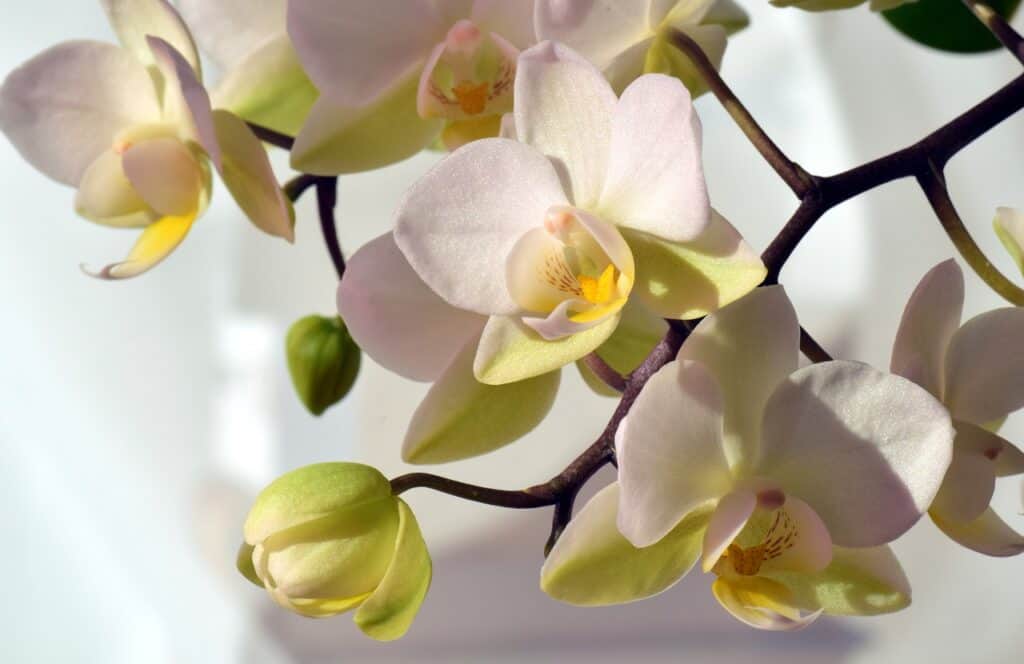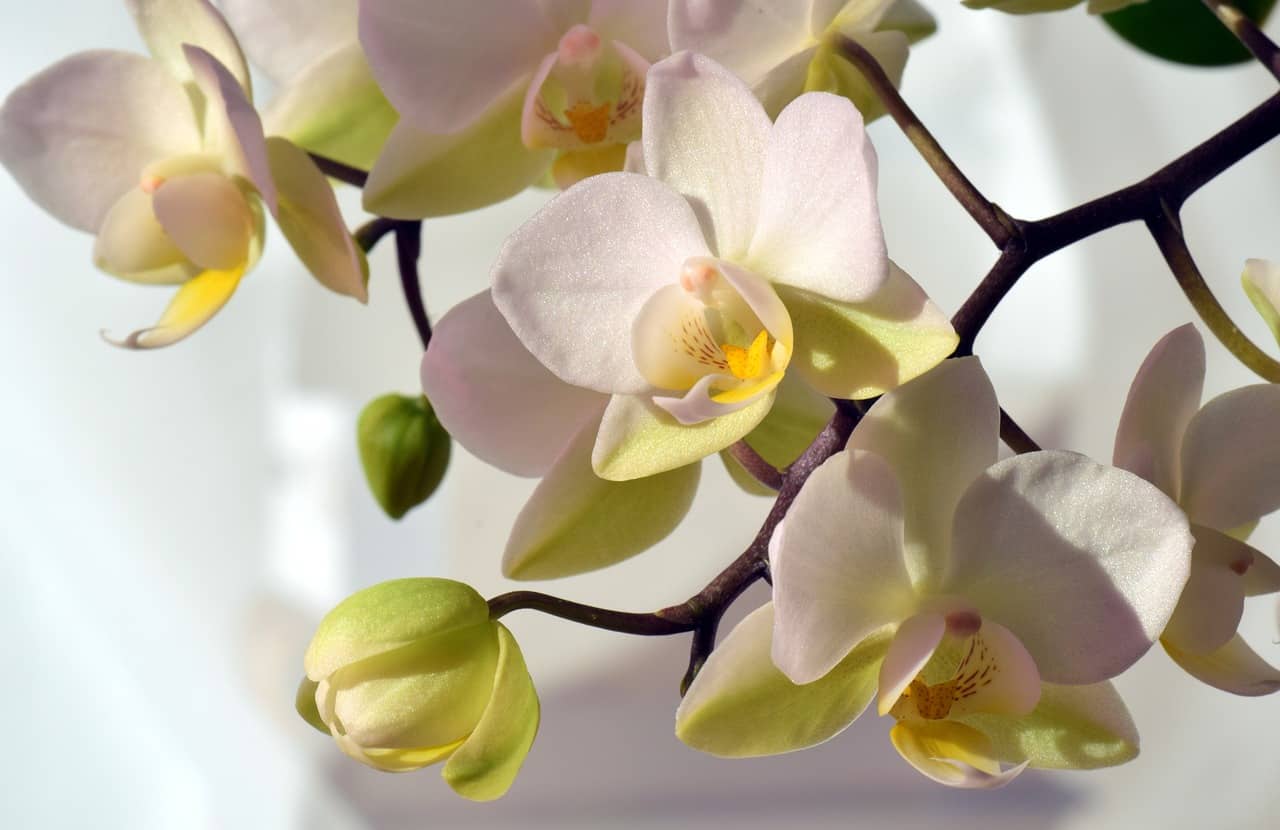Orchids, with their bright and exotic blooms, are a favorite among many gardeners. Regrowing a wilted or damaged orchid stem can be an intimidating task for beginners. With the right tools, knowledge, and patience, anyone can regrow an orchid stem. A healthy orchid stem is crucial to the overall health and growth of an orchid plant. This step-by-step guide for beginners will walk you through the process of regrowing an orchid stem and ensuring the longevity of your orchid plant.
Why is regrowing an orchid stem important?
Regrowing an orchid stem is vital to the well-being of the orchid plant. The stem of an orchid is where all the vital nutrients and water are transported from the roots to the leaves and flowers. A damaged stem can lead to a stunted plant that cannot produce vibrant blooms or healthy foliage. Once the stem begins to wither, it can be challenging to revive the orchid plant.
An orchid plant’s life cycle is unique; every stage requires specific care and attention. The following sections will provide a detailed guide on how to care for an orchid plant and regrow a damaged stem.

Regrowing an Orchid Stem: The Step-by-Step Guide for Beginners
The following guide will help you regrow a damaged or wilted orchid stem.
Essential tools and materials for Regrowing an Orchid Stem
To regrow an orchid stem, you’ll need the right tools, such as a pair of sharp sterilized scissors, a pot with drainage holes, and a suitable potting mix that provides good drainage and aeration.
When selecting a pot, choose one that is just slightly larger than the orchid plant’s root system. Avoid using a pot that is too large, as this can lead to waterlogged roots and root rot. A potting mix that provides proper drainage and aeration is essential. Orchids require well-draining soil that retains moisture but doesn’t become waterlogged. A suitable potting mix can be made by combining bark, perlite, and charcoal in equal parts.
Identifying the Right Amount of Light and Humidity for Orchid Growth
Orchid plants require adequate lighting and humidity to thrive. Orchids thrive in bright, indirect sunlight but avoid direct sunlight which can scorch the leaves and damage the plant.
Humidity is crucial for orchid growth and is typically higher than what many indoor environments provide. You can increase the humidity in your home by placing a tray of water near the orchid plant or using a humidifier. Misting the plant’s leaves once or twice a day with room temperature water can also help increase humidity.
Cutting the Orchid Stem: Tips and Tricks
Cutting the orchid stem can be intimidating, but it is a crucial step in regrowing a wilted or damaged stem. The following tips can help ensure a successful cut.
Identifying the Right Spot to Cut the Stem
Identifying the right spot to cut the stem is crucial. Cut the stem above the damaged or wilted portion, just a little above the node or bud where the orchid stem bloomed last. Cutting the stem too low can cause damage to the plant, and cutting it too high may not produce new growth.
Understanding the Anatomy of the Stem
Understanding the anatomy of the orchid stem is essential. The orchid stem is made up of nodes, buds, and internodes. Nodes are the little spots along the stem where the orchid blooms. Buds are the small growths that form along the stem and create new blooms. Internodes are the spaces between the nodes on the stem.
When cutting the stem, cut right above the node or bud where the orchid last bloomed. This will encourage new growth to appear.

Caring for the New Orchid Stem
Caring for a new orchid stem involves proper watering, fertilizing, and monitoring growth.
Watering and Feeding
Watering an orchid requires a delicate balance of moisture and air. Water the orchid once a week, or whenever the potting mix feels dry. Avoid overwatering, as this can lead to root rot. Allow the potting mix to dry out between waterings. Feeding the orchid a balanced fertilizer every few weeks will also help promote healthy growth.
Identifying Signs of New Growth and Monitoring Progress
Once you have cut the orchid stem, it’s essential to monitor the plant’s progress. Look for new growth and signs of healthy leaves and roots. A new stem can take several weeks to grow, so patience is key. Monitor the plant’s progress and adjust the care routine as needed.
Conclusion
Regrowing an orchid stem can be a daunting task, but with the right tools and knowledge, it is possible. A healthy orchid stem is essential to the success of an orchid plant. By following this step-by-step guide, you can help ensure your orchid plant’s longevity and produce vibrant blooms for years to come. Remember to be patient and monitor the plant’s progress regularly. And most importantly, enjoy the journey of watching your orchid grow!

